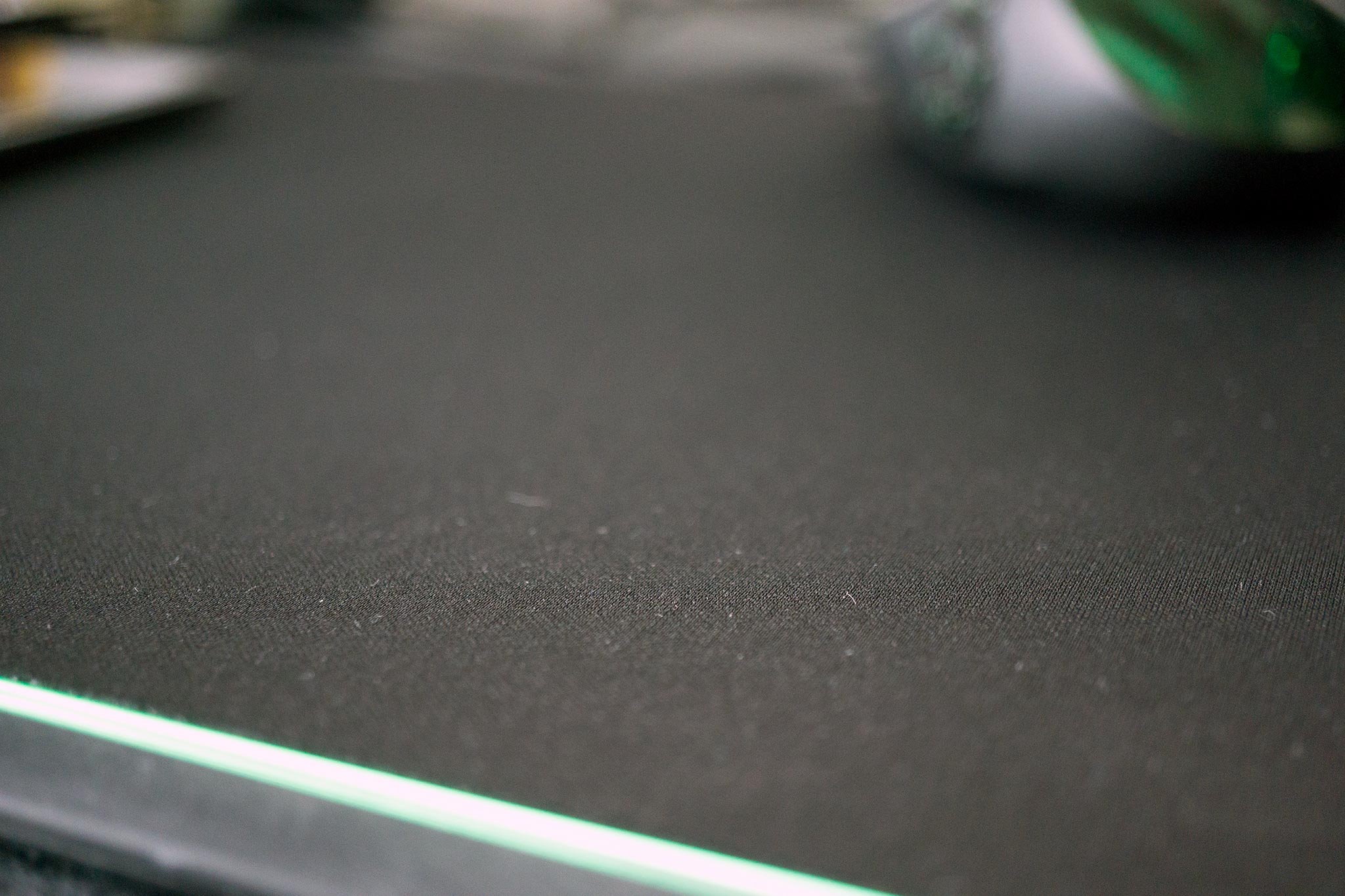The SteelSeries QCK Prism mousepad is pointless yet amazing
You really don't need the QCK Prism by SteelSeries on your desk. In fact, an RGB mousepad is utterly pointless, but at the same time, it's absolutely brilliant.

I have a confession to make before we start this thing: I've never used a mousepad with any form of lighting or smart functions. I've always relied on simple mats that offer great performance at an affordable price. Overlooking many options that have come to market, I was intrigued when SteelSeries launched the QCK Prism and so here we are. After spending some time with the mousepad, I feel it's time I shared my thoughts.
The light show

We first need to talk about the elephant in the room, which is the RGB lighting. Sure, I hear you. It's RGB lighting on a mousepad, something Razer thought the world needed with the Firefly. Thing is, it works really well here with SteelSeries' offering. Making full use of 12 independent zones around the inner edge of the hard plastic shell, you can control and manipulate the lighting with different colors and effects.
My personal favorite is the multi-color breath effect, which cycles through the spectrum in a clockwise motion. It's a neat effect, especially late at night when one has other LED lighting enabled. It's all done in a way that doesn't make the mousepad look cheap. First impressions aren't "what on Earth is the point of this" but rather "what an interestingly subtle effect."

But it wouldn't be quite special enough with simple lighting effects that you can manipulate, which is why the company also opted to include support for GameSense event-based effects. Should you be enjoying a title that is compatible with GameSense, you'll be able to configure the lighting to react to events such as low ammo, health, kills, cooldown timers, and more. Pairing up the QCK Prism with other GameSense SteelSeries products would result in quite the light show.
Supporting mice

Lighting is a cool feature and all, but a mousepad needs to function properly and work wonders with pointers to be worth the investment, and the QCK Prism is a solid-performing mousepad. SteelSeries supplies a double-sided surface that can be removed from the outer shell swapped over. This not only makes it easy to clean the surfaces themselves (without having to unplug the mousepad), it also gives owners the choice between a hard and cloth surface.
Testing both laser and optical mice, both surfaces serve their purpose without issue with good mouse accuracy and movement. The rubber base ensures the unit will not move around the desk. There's honestly not much more one can say other than it's a solid mousepad that works just as one would expect.

SteelSeries has also thought about placing the housing for electronics and cabling throughout design and development stages. You'll find the USB cable and all circuitry located in the corner of the mousepad. This prevents both from interfering with cabling from your mouse, which can be a minor issue with the Razer Firefly. After you've stopped gazing at the show, it's good to know you'll actually be able to use it as a mousepad.
All the latest news, reviews, and guides for Windows and Xbox diehards.
Should you buy it?

Honestly, I don't believe anyone really needs this type of accessory and any high-quality mousepad will more than suffice, but the same could be said for cases with LEDs or mice, keyboards, and other peripherals and components. If you have $60 to spare for a mousepad then you could do much worse than the QCK Prism. Thankfully, SteelSeries hasn't sacrificed functionality over looks.
It's easy to clean, simple to use, hooks up to the company's software suite, and actually, performs really well as a surface for your pointer. The only question is whether or not you believe the $60 is justified. Personally, I'd like to see if more competitively priced but fans of SteelSeries may not mind the premium.
Pros:
- LED lighting is stunning.
- Both sides of the surface are high-quality.
- Sturdy build.
Cons:
- Expensive.
- With it being USB-powered, I would have liked to see a port on the side.

Rich Edmonds was formerly a Senior Editor of PC hardware at Windows Central, covering everything related to PC components and NAS. He's been involved in technology for more than a decade and knows a thing or two about the magic inside a PC chassis. You can follow him on Twitter at @RichEdmonds.
